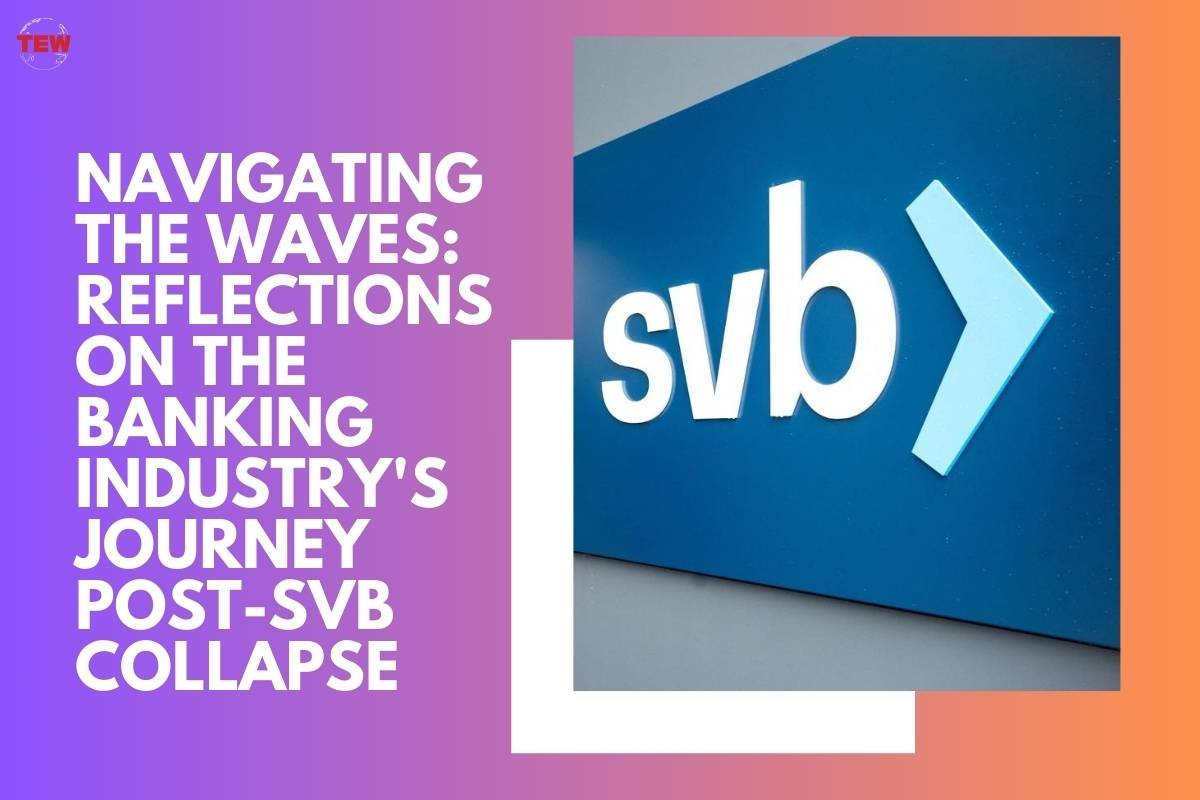When arranging an interview with Bruce Van Saun, the CEO of Citizens Financial Group, the 14th largest bank in the United States, to commemorate the first anniversary of the Silicon Valley Bank collapse, I anticipated a sense of déjà vu, but I didn’t expect it to feel quite so fresh.
A whirlwind week of news from New York Community Bank revived unwelcome memories of last year’s banking crisis. NYCB revealed a “material weakness” in its lending operations related to internal loan review, stemming from ineffective oversight, risk assessment, and monitoring activities. Essentially, those tasked with identifying potential problems failed to do so. Subsequently, after reports emerged that the troubled regional lender was seeking much-needed investment, NYCB’s stock plummeted by over 40%, trading below $2 per share.
However, a glance at the performance of other regional bank stocks amid NYCB’s decline suggested that this may not herald the beginning of a new banking crisis in America. Many regional bank stocks remained relatively stable or even experienced slight gains.
Insights from CEO Bruce Van Saun on Bank Failures and Recovery
In stark contrast, on March 10, 2023, the day Silicon Valley Bank was closed by regulators, other regional bank stocks suffered significant losses, with most seeing their stock prices drop by double-digit percentages. Exactly one year has passed since that pivotal day marked the onset of a series of subsequent bank failures. Enduring the ensuing chaos, the banking industry as a whole appears to be in a stronger position now.
Nonetheless, challenges persist. Of particular concern are commercial real estate loans that have soured due to record-high office vacancy rates as remote work continues. Consequently, many office landlords have had to reduce rents or sell properties at a loss, potentially resulting in significant missed loan payments.
Federal Reserve Chair Jerome Powell cautioned senators in his semi-annual testimony last week that “there will be bank failures” as a consequence.
In a conversation with Van Saun, we delved into his perspectives on the banking industry one year after the Silicon Valley Bank collapse and his predictions for the future.
Silicon Valley Bank Collapse: Lessons Learned One Year on
Reflecting on last year’s banking crisis, what do you believe led to the bank failures?
Bruce Van Saun: Last year’s bank failures were often labeled as regional bank failures, but they were idiosyncratic in nature. Both Signature Bank and Silicon Valley Bank experienced rapid growth, quadrupling their assets from $50 billion to over $200 billion in just four years. They expanded too quickly, relied heavily on uninsured deposits, and had narrow customer bases, making them vulnerable to deposit flight risk. Additionally, they engaged in short-term borrowing and long-term investments, a risky practice in banking. Their failure to manage interest rate risk adequately compounded their challenges, exacerbated by their lack of regulatory oversight compared to larger, more established banks.





